Aviation against tanks (part of 15)
In the late 60s, the basis of tactical strike power aviation The U.S. Air Force compiled F-100, F-105, and F-4 supersonic fighter bombers, optimized for delivering tactical nuclear weapons and delivering conventional ammunition strikes at large stationary targets: defense units, bridges, weapons and fuels and lubricants storage facilities, headquarters, communication centers and airfields. The anti-tank capabilities of supersonic combat aircraft were very limited, and were reduced to defeat tanks in crowded places or on a march using cluster bombs with cumulative submunitions.
In the second half of the 60-x began a qualitative strengthening of Soviet tank power. By that time, the USSR had already surpassed all NATO countries in the number of tanks in Europe. This separation became even more noticeable when T-62 began to arrive with tank 115-mm smooth-bore guns in tank divisions, stationing in the ZGV. Even more worrying about the NATO generals was the information about the adoption of the new generation T-64 tanks with multi-layered frontal armor in the USSR and the world's first tracked BMP-1, capable of operating in the same battle formation with tanks. Simultaneously with the T-62, the first self-propelled Shilka ZSU-23-4 self-propelled ZSU-1965-75 self-propelled units entered the air defense units of the Ground Forces. In the same year, in 1967, in the air defense units of the army-front command, the Krug mobile air defense system began to force out the CA-1968 medium-range air defense system. The air defense of tank and motorized rifle divisions of the Soviet Army was to be provided by the Cube medium-range air defense missile system, which was put into service in the 1 year. The main elements of the “Circle” and “Cuba” were placed on a tracked chassis. In 23, the Strela-4 short-range mobile air defense system was put into service, which were used in conjunction with the ZSU-1971-XNUMX. In XNUMX, deliveries of the Osa air defense system began on a floating transporter. Thus, the Soviet first echelon tank and motorized rifle divisions, simultaneously with the rearmament of new tanks and infantry fighting vehicles, received an anti-aircraft umbrella consisting of mobile ZSU and air defense missile systems, capable of accompanying troops on the march and providing air defense over the battlefield, being in the second echelon.
Naturally, the Americans, who led in the North Atlantic alliance, could not accept this state of affairs. Indeed, besides numerical, the armies of the countries of the Eastern bloc could get a qualitative superiority. What was fraught with the defeat of NATO forces in Europe in the event of a conflict with the limited use of tactical nuclear weapons? weapons. In the 50-s, nuclear weapons were considered by the American armed forces as a universal means of warfare, which could also solve tactical tasks on the battlefield. However, about a decade and a half later, there was some revision of views on the role of tactical nuclear weapons. This was largely due to the saturation of the missile and aviation units of the Soviet Army with tactical nuclear weapons. After achieving an exemplary nuclear parity with the United States, and setting on combat duty with a significant number of ICBMs with a high degree of readiness for launching with the USSR Strategic Missile Forces, too active an exchange of tactical nuclear charges could lead to a large-scale nuclear conflict using the entire strategic arsenal. Therefore, the Americans put forward the concept of "limited nuclear war", which implied the use of a relatively small number of tactical charges in a limited area. Tactical nuclear bombs, missiles and land mines were considered as the last trump card capable of stopping the advance of the Soviet tank armies. But even in this case, even a few dozen relatively low-power nuclear explosions in the densely populated Western Europe inevitably led to extremely undesirable consequences that could affect many more decades. Even if NATO forces managed to repel the onslaught of the armies of the Warsaw Pact countries with the help of tactical nuclear weapons and this would not lead to the growth of a global conflict, Europeans would have to rake radioactive ruins for a long time, and many territories would simply become unsuitable for life.
Due to the need to counter Soviet tanks, the United States and the leading NATO countries were actively developing anti-tank weapons, and aviation had a special role to play in this. By the end of 60's, it became clear that combat helicopters armed with guided anti-tank missiles could become effective tank destroyers, but we'll talk about this in the next part of the review.
Among tactical aircraft, subsonic attack aircraft had the greatest anti-tank potential. Unlike the USSR, in the United States in the post-war period they did not abandon the creation of jet attack aircraft. But the light-armored subsonic A-4 Skyhawk and A-7 Corsair II attack aircraft, which had the ability to successfully destroy stationary and moving targets, were very vulnerable to modern front-line air defense systems. As a result, American generals, having comprehended the experience of combat use of attack aircraft in the Middle East and Vietnam, came to the conclusion that it was necessary to create a well-protected high-maneuverable combat aircraft capable of operating at low altitudes over the battlefield and in the near rear of the enemy. The US Air Force Command has developed a vision of an armored attack aircraft, conceptually close to the Soviet Il-2 and the German Hs 129 - relatively simple aircraft with heavy armor and powerful built-in guns. The priority task of the new attack aircraft was to be the fight against tanks and other small-sized moving targets on the battlefield. To do this, the attack aircraft had to have high maneuverability at low altitudes. The maneuverability characteristics also had to provide the possibility of evading fighter and anti-aircraft missiles from attacks. Due to the relatively low flight speed, maneuverability and good visibility from the cockpit, the attack pilot could be able to independently search for small targets and hit them from the first approach. According to preliminary calculations, shooting from a promising 27-35-mm caliber aircraft gun at a tank-like target, with an altitude of 100-200 m, could be effective from a distance of 1500-2000 m.
To develop a promising high-defensive attack aircraft, the US military has embarked on the AH program (eng. Experimental), an experimental attack aircraft. According to the preliminary requirements, the attack aircraft had to be armed with a fast-fire 30-mm gun, reach a maximum speed of 650-800 km / h, carry a weight of at least 7300 kg on external hangers and have a 460 km combat radius. Initially, the projects of turboprop aircraft were considered on a par with jet aircraft, but after the Air Force raised the speed characteristics to 740 km / h, they were eliminated. After researching the submitted projects, YA-9A by Northrop and YA-10A from Fairchild Republic were approved for construction.
At the end of May 1972, an experienced attack aircraft YA-9А first flew into the air. It was a top-winged monoplane equipped with two Lycoming engines YF102-LD-100 with a 32,1 knob. An airplane with a maximum take-off weight of 18600 kg in horizontal flight developed a speed of 837 km / h. The combat load placed on ten suspension nodes - 7260 kg. Combat radius of action - 460 km. On the serial attack aircraft, the cabin was supposed to be a titanium capsule, but on two copies built for testing, it was made of duralumin, and the weight of the armor was simulated with the help of ballast. The tests of the YA-9A and YA-10A body armor took place at Wright-Patterson Air Force Base in Ohio. There, armor elements were fired from Soviet machine guns of the 12,7-14,5-mm and 23-mm anti-aircraft guns.
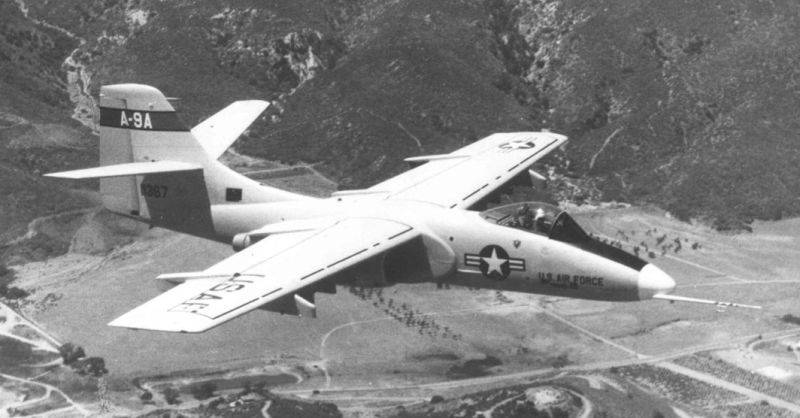
In comparison with the competitor YA-10А, the attack aircraft YA-9А had better maneuverability and maximum flight speed. The security level of the two cars was about the same. However, in January, 1973 was awarded YA-10А. According to the generals of the US Air Force, this machine, as having better fuel efficiency and more technological and easier to maintain, was more suitable for adoption. But the maximum speed of the YA-10А was noticeably lower than that of the YA-9А. On serial A-10A, ground speed is limited to 706 km / h. The cruising speed is 560 km / h. In fact, the speed characteristics of the jet attack aircraft put into service at the beginning of the 70-x did not differ from the piston fighter-bombers used at the final stage of World War II.
The first flight of the prototype YA-10 took place on 10 on May 1972 of the year. Already 15 February 1975, began testing the first machine from the pre-production batch. In September, for the first time a standard weapon was installed on А-10А - 30-mm air gun GAU-8 / А Avenger. Prior to that, the aircraft flew with M20 61 mm cannons.
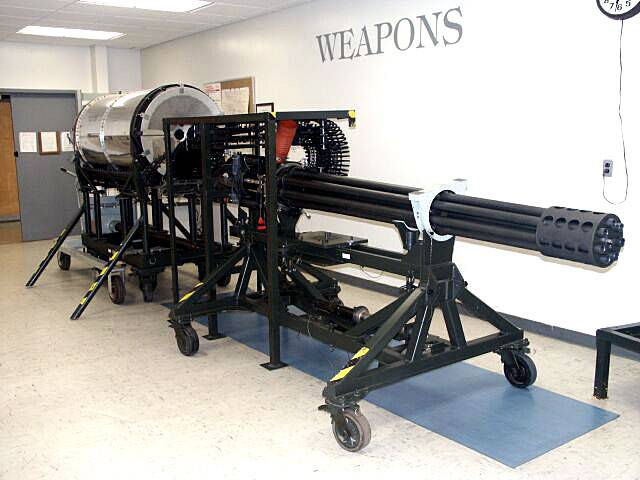
A number of aviation publications say that the A-10A attack aircraft was built around a seven-barreled cannon with a rotating block of barrels. The gun and its systems occupied half of the aircraft’s fuselage. Since the GAU-8 / A is installed in the center of the fuselage, the nose landing gear had to be shifted slightly to the side. It is believed that the GAU-30 / A Avenger (Eng. Avenger) 8-mm gun from General Electric became the most powerful American post-war aviation artillery system. Aviation 30-mm seven-barreled artillery system is not only very powerful, but also technically very advanced. The perfection of the GAU-8 / A can be judged by the ratio of the mass of the ammunition to the mass of the entire cannon. For the artillery installation of the A-10A attack aircraft, this value is 32%. Part of the weight of the ammunition was reduced by using aluminum sleeves instead of steel or brass.
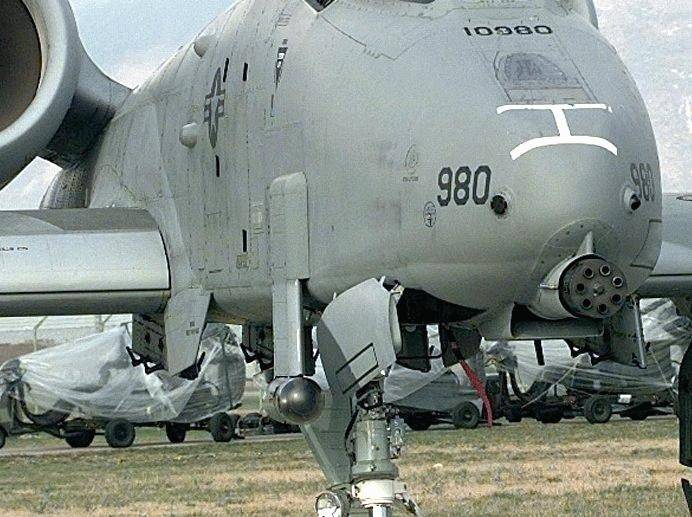
The weight of the GAU-8 / A gun is 281 kg. At the same time, the mass of the gun installation with a drum on 1350 shells is 1830 kg. Rate of fire - 4200 rds / min. The initial velocity of an armor-piercing projectile with a mass of 425 g is 1070 m / s. The shells used in the GAU-8 / A, are equipped with plastic leading belts, which allows not only to reduce barrel wear, but also to increase the initial speed. On combat fighters, the rate of fire of the gun was limited to 3900 rounds per minute, and the ammunition usually does not exceed the 1100 projectiles. The queue duration is limited to one to two seconds, while the gun has time to "spit out" in the direction of the target 65-130 shells. Resource block trunks is 21 000 shots - that is, the entire resource at a rate of 3900 rounds / min can be spent for five and a half minutes of shooting. In practice, of course, the gun is not able to conduct long continuous fire. Artillery firing mode at the maximum allowed tempo - 10 two-second bursts with cooling for 60-80 seconds.
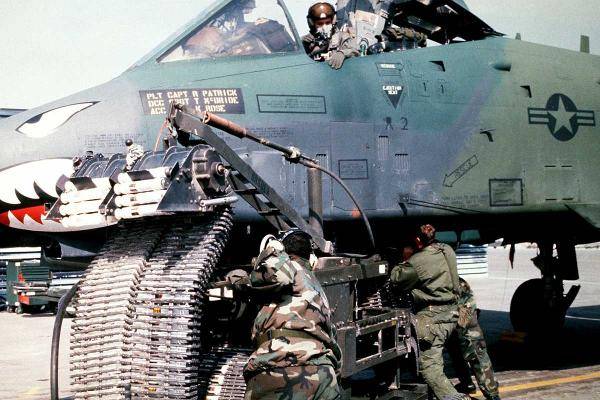
PGU-14 / B shells with a depleted uranium core are used to destroy armored targets. Also in the ammunition include PGU-13 / B fragmentation shells weighing 360 g. Usually there are four armor-piercing guns for a fragmentation gun, which reflects the anti-tank orientation of the attack aircraft.
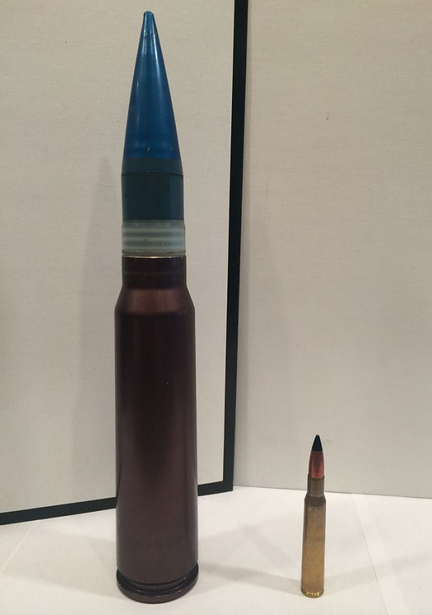
According to American data, an armor-piercing projectile at a distance of 500 m normal pierces 69 mm armor, and at a distance 1000 m - 38 mm. During tests conducted in 1974 at the test site near the Nellis airbase, 30-mm cannons were able to successfully hit the M48 and T-62 tanks as targets. The latter were captured by Israel during the Doomsday War in 1973. The Soviet tank was successfully hit from above and into the board at a distance of less than 1200 m, hitting projectiles caused a fire and an explosion of the ammunition. At the same time, the accuracy of shooting turned out to be quite high: at a range of 1200 and about 60% of shells hit the tank.
Separately, I want to stay on the shells with a core of U-238. There is a widespread opinion among the inhabitants about the high radioactivity of this isotope, which is absolutely not true. The radioactivity of the U-238 is approximately 28 times less than that of the weapon U-235. Given that U-238 has not only high density, but also pyrophoric and has a high incendiary effect when penetrating armor - this makes it a very suitable material for the manufacture of cores of armor piercing shells.
But, despite the low radioactivity, armored vehicles, shot at landfills with shells with uranium cores, are subject to special disposal or storage at protected sites. This is due to the fact that the uranium dust formed during the interaction of the core with the armor is very toxic. In addition, the U-238 itself, though weak, is still radioactive. And it radiates "alpha particles". Alpha radiation is delayed by a normal cotton cloth, but dust particles are extremely dangerous if they enter the body when they inhale contaminated air, or with food or water. In this regard, the use of shells with uranium cores on landfills is prohibited in a number of US states.
The arrival of serial attack aircraft in combat squadrons began in March1976. The serial A-10A received the official name Thunderbolt II in honor of the famous WWII fighter-bomber P-47 Thunderbolt. Unofficially, the plane is known in the US Air Force as a Warthog (English Warthog - African species of wild pig). The first squadron, A-10A, reached combat readiness in October 1977.
By the time of its creation, the A-10A had no analogues and was significantly superior to other combat aircraft in terms of security. The total weight of the Thunderbolt II armor was 1309 kg. The cockpit's armor reliably protected the pilot from being hit by anti-aircraft ammunition of the 14,5-23-mm caliber. Vital design elements were covered with less important. A feature of the A-10A was the layout of the engines in separate gondolas on the sides of the rear fuselage. The advantage of this scheme is to reduce the likelihood of foreign objects in the air intakes from the runway and powder gases when firing from a gun. Also managed to reduce the thermal visibility of engines. Such a layout of the power plant will improve the ease of maintenance of attack aircraft and armament suspension when the engines are running and provides ease of operation and replacement of the power plant. Attack engines are spaced apart from each other by a distance sufficient to rule out a single 57-mm fragmentation projectile or a MANPADS missile. In this case, the central part of the attack aircraft remained free to accommodate fuel tanks near the aircraft's center of gravity. In the case of a forced landing on the “belly”, partially protruding chassis pneumatics should have softened the impact on the ground. The tail of the attack aircraft is designed in such a way that when one keel or even one of the halves of the stabilizer is shot, it can maintain controllability. Such means of countering anti-aircraft missiles, such as assault rifles for shooting dipole reflectors and heat traps, were not forgotten either. For the warning of radar exposure, an AN / ALR-46 station was installed on the aircraft.
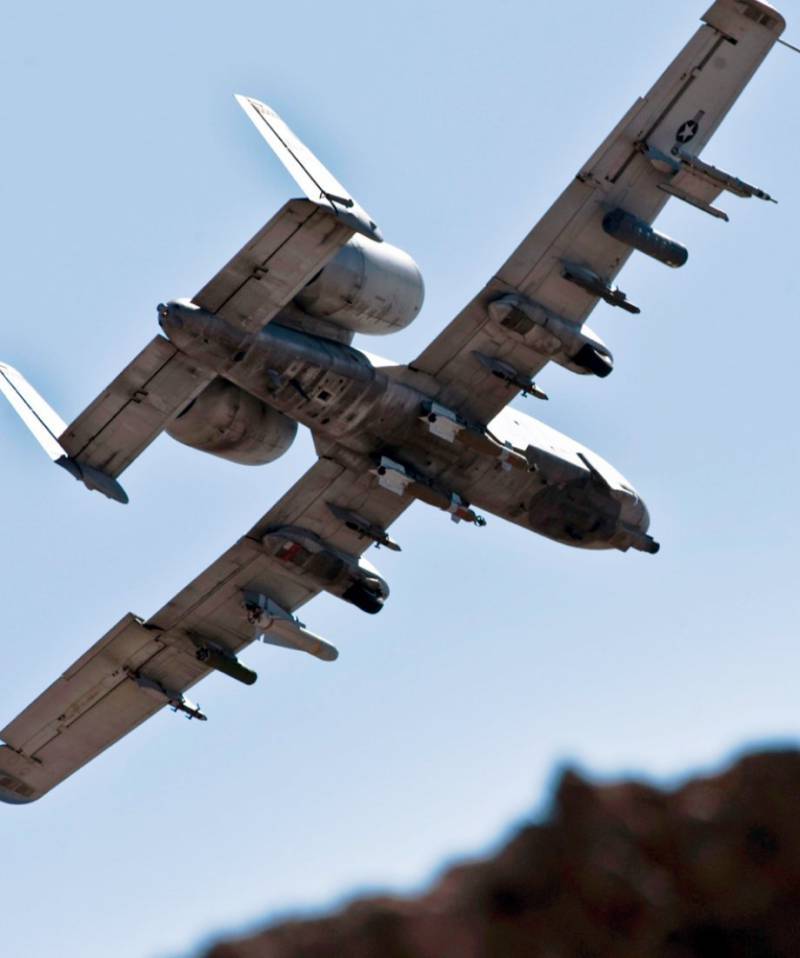
In addition to high security, Thunderbort II has a very significant impact potential. An aircraft with a maximum take-off weight of 23 000 kg on eleven weapon armament nodes can carry a load of 7260 kg.
The attack aircraft’s arsenal is quite impressive: for example, on seven suspension nodes, you can place 907 kg of free-fall or guided bombs. There are also variants of combat equipment, consisting of twelve 454-kg bombs, twenty-eight 227-kg bombs. In addition, the use of 70-127-mm caliber NAR units, napalm tanks and overhead nacelles with SUN-20 / A 23-mm cannons is foreseen. After adopting the attack aircraft, along with the GAU-30 / A Avenger 8-mm cannon, its main anti-tank weapons were the Rockeye Mk.20 cluster bombs, equipped with cumulative submunitions.
However, in the conditions of a powerful front-to-air defense, the defeat of armored vehicles with onboard cannon fire and free-fall bomb cassettes could be too risky even for a very well-protected aircraft. For this reason, the AGM-10 Maverickk missile was introduced into the A-65A armament. This rocket, or more correctly, a family of rockets, differing from each other in the guidance system, engine and warhead mass, was developed by Hughes Missile Systems based on the outdated AIM-4 Falcon air combat rocket. The official decision on the adoption of the AGM-65A was signed on 30 August 1972.
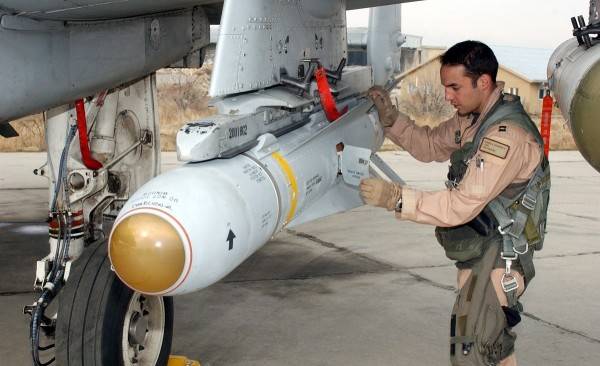
On the first modification of the AGM-65A, a television pointing head was used. With a starting mass of about 210 kg, the weight of the cumulative warhead was 57 kg. The maximum flight speed of the rocket is about 300 m / s, the launch range is up to 22 km. However, detecting and capturing a small target at such a distance proved impossible. When striking from low altitudes, which is typical for attack aircraft, the range of capture of small targets was 4-6 km. In order to increase the capture range, on the AGM-65 modification, the television head's field of view was reduced from 5 to 2,5 °. However, as shown by the experience of real fighting, it did not help much. With the narrowing of the field of view, the pilots had difficulty finding the target, since it was carried out by means of the homing head of the rocket itself, and the image from the homing vessel is transmitted to the sighting indicator in the pilot's cabin.
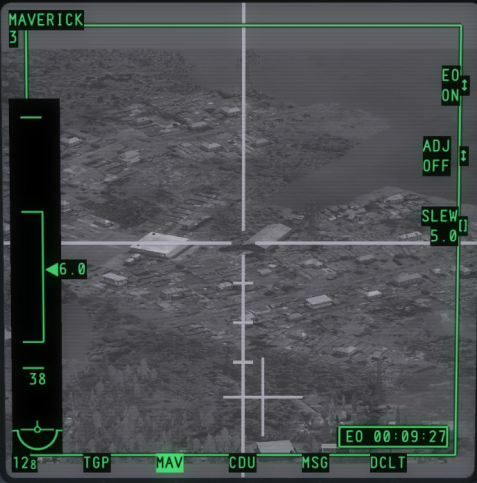
During the process of combat use of the rocket, the aircraft is very limited in maneuver. The pilot, observing the target visually, pilots the plane so that its image appears on the screen, while, as a rule, the plane is introduced into a gentle dive at a relatively low speed. After detecting the target on the screen, with a joystick scan of the GOS, the pilot imposes an electronic mark of the sight on the target image and presses the “Escort” button. As a result, the GOS is transferred to the target tracking mode. After reaching the allowed range, the rocket is launched and the aircraft is taken out of the dive. The accuracy of the missile pointing is 2-2,5 m, but only under good visibility conditions.
On landfills, under ideal conditions and in the absence of anti-aircraft countermeasures, on average 75-80% missiles hit the target. But at night, in conditions of high dustiness or with all sorts of meteorological phenomena, the effectiveness of the use of missiles sharply decreased or was impossible at all. In this regard, the representatives of the Air Force expressed a desire to get a rocket, operating on the principle of "fired and forgotten." In 1986, the AGM-65D came into service with a thermal imaging cooled homing head. At the same time, thermal imaging seeker is designed as a removable module, which makes it possible to replace it with other types of guidance systems. The rocket mass increased by 10 kg, but the combat unit remained the same. It is believed that the use of IC GOS allowed to double the target acquisition range and remove restrictions on maneuvering after launch. However, in practice it turned out that it is possible to hit targets with sufficiently contrasting thermal effects. This is primarily related to technology with engines turned on or not having time to cool. At the same time, in some cases, the rocket independently redirected to powerful sources of thermal radiation: objects heated by the sun, water bodies and sheets of metal, reflecting the sun's rays, sources of open fire. As a result, the efficiency of IC GOS was not as high as desired. The AGM-65D modification missiles were mainly used at night, when the influence of interference is minimal. It was noted that thermal homing heads work well in the absence of extraneous flare in the form of burning armored vehicles, exploding shells, tracer bullets and lighting rockets.
Currently, the "Maveriki" modifications of A, B and D are removed from service due to low efficiency. They were replaced with improved AGM-65Е / F / G / N / J / K missiles. The UR AGM-65E is equipped with a laser receiver, the pointing accuracy of this missile is high, but it needs external illumination. Its weight is increased to 293 kg, and the weight of the penetrating warhead is 136 kg. The AGM-65E missile is primarily intended for the destruction of various fortifications and engineering structures. The same warheads are carried by AGM-65F and G modifications with advanced IR GOS. But they are mainly used in naval aviation to combat surface targets. The AGM-65H, J and K models are equipped with optoelectronic guidance systems based on a CCD array. Their starting weight ranges from 210 to 360 kg, and the mass of warheads from 57 to 136 kg.
In general, "Maverick" has proven itself to be quite an effective means of dealing with armored vehicles. According to American data, only in the initial period of Operation Desert Storm, these missiles launched from A-10 attack aircraft struck about 70 units of Iraqi armored vehicles. However, overlays also happened, as during the battle for Ras al-Khafji, the launch of the UR AGM-65 with illumination from an external source of target designation destroyed the US KMP LAV-25 armored personnel carrier adopted for the Iraqi BTR-60. As a result of a rocket attack, seven marines were killed.
In Iraq, Maveriki was primarily used for early modifications, whose life cycle was close to completion. Although the anti-tank A-10 is capable of taking the 6 AGM-65 in an anti-tank configuration, the heavy tank attack rocket is excessively powerful and expensive. Since during the creation of the AGM-65 an attempt was made to get a missile suitable both for fighting tanks and for hitting stationary highly protected targets, it turned out to be rather large and heavy. If the cost of the first models of "Maverick" was approximately $ 20 thousand, then the late modifications cost the US budget more than $ 110 thousand per unit. At the same time, the cost of Soviet-made T-55 and T-62 tanks in the global arms market, depending on the technical condition of the vehicles and the transparency of the transaction, ranges from 50 to 100 thousand dollars. Thus, it is not economically feasible to use missiles to combat armored vehicles that cost more than the goal itself. With good performance and operational characteristics and combat properties, “Maverick” as an anti-tank weapon is not suitable for the criterion of “cost-effectiveness”. In this regard, the remaining missiles of the latest modifications are mainly designed to destroy surface and important ground targets.
Since the composition of the avionics at the first serial A-10A was quite simple, the possibilities for air strikes in the dark and in bad weather conditions were limited. The first step was the upgrade of the attack aircraft with the ASN-141 navigation inertial system and the APN-19 radio altimeter. In connection with the continuous improvement of the Soviet air defense, the outdated warning equipment for radar exposure AN / ALR-46 in the process of upgrading attack aircraft was replaced by radio intelligence stations AN / ALR-64 or AN / ALR-69.
At the end of 70, Fairchild Republic, on its own initiative, attempted to create an all-daily and all-weather version of A-10N / AW (English Night / Adverse Weather). The aircraft installed a Westinghouse WX-50 radar and an AN / AAR-42 thermal imaging system, combined with a laser range finder target indicator in the ventral container. A navigator-operator was introduced to the crew for servicing detection and armament equipment. In addition to searching for targets and using weapons at night, the equipment could carry out mapping and made it possible to fly around the terrain at an extremely low altitude. However, the Air Force commanders, who considered the A-10 a “lame duck”, preferred to spend the taxpayers' money on expanding the shock capabilities of the supersonic F-15 and F-16. In the middle of 80-x on the "Thunderbolt" II tried to install optoelectronic navigation and sighting container system LANTIRN. However, for financial reasons, the equipment of the single-seat attack aircraft was abandoned with a complex and expensive system.
Already in the second half of the 80-x among high-ranking military and in the US Congress began to hear voices about the need to abandon sluggish attack aircraft on the grounds that the continuously improving air defense system of the Eastern bloc countries gives little chance of survival for the Warthog, even taking into account his armor. A-10's reputation was largely saved by the operation against Iraq, which began in January of 1991. In the specific conditions of the desert, with a suppressed centralized air defense system, attack aircraft showed themselves well. They not only destroyed Iraqi armored vehicles and bombed defense units, but also hunted for OTP P-17 launchers.
"Thunderbolts" acted quite effectively, although other reports of American pilots can be compared with the "achievements" of Hans-Ulrich Rudel. So, the pilots of the A-10 pair stated that during one sortie they destroyed the enemy’s 23 tank and damaged the 10. In total, according to American data, Thunderbolts destroyed more than 1000 Iraqi tanks, 2000 other units of military equipment and 1200 artillery pieces. Most likely, these data are overestimated several times, but, nevertheless, the A-10 has become one of the most effective combat aircraft used in this armed conflict.
The tail of the A-10, which was damaged as a result of hitting the warhead of the Igla-1 missile
A total of 144 Thunderbolts took part in the operation, which carried out more than 8000 sorties. At the same time, the 7 attack aircraft were shot down and 15 suffered serious damage.
In 1999, the American “Warthogs” hunted down Serbian armored vehicles over Kosovo during a NATO military operation against the Federal Republic of Yugoslavia. Although the Americans declared many dozens of destroyed Serbian tanks, in reality, the success of attack aircraft in the Balkans was modest. During the sortie at one of the Thunderbolts, the engine was shot off, but the plane managed to return safely to its airfield.
Since 2001, armored attack aircraft have been used against the Taliban in Afghanistan. The Bagram aerodrome in 60 km north-west of Kabul became a permanent base for Thunderbolts. Due to the lack of enemy armored vehicles, attack aircraft were used as aircraft of direct aviation support, acting at the request of the forces of the international coalition and for air patrols. During the sorties in Afghanistan, the A-10 repeatedly returned with holes from small arms and 12,7-14,5-mm caliber anti-aircraft guns, but had no losses. With low-altitude bombing, 227-kg aerial bombs with braking parachutes showed good results.
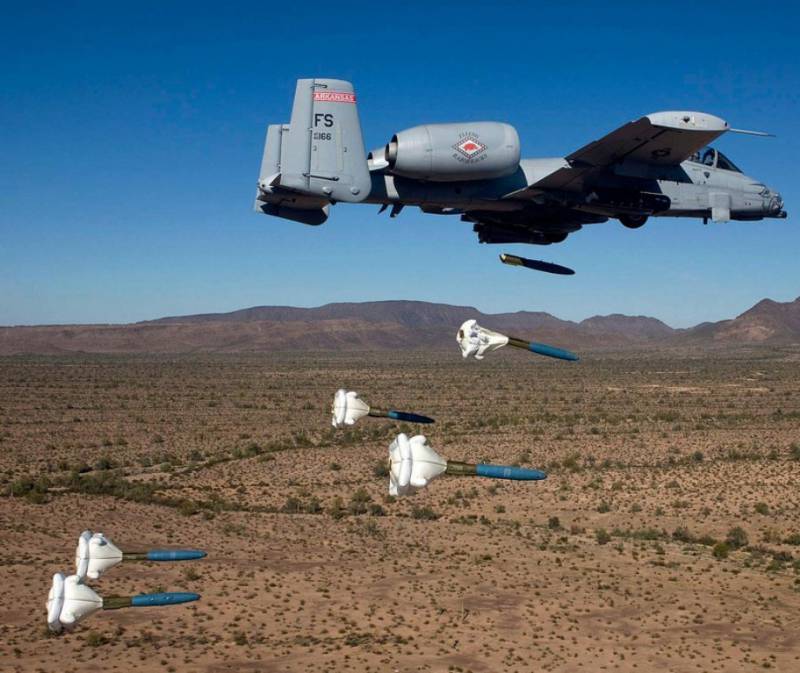
In March, 2003, the United States once again invaded Iraq. A total of 60 stormtroopers participated in Operation Freedom for Iraq. This time, too, was not without loss: April 7 was shot down by one A-10 near Baghdad International Airport. Another aircraft returned with numerous holes in the wing and fuselage, with a damaged engine and a failed hydraulic system.
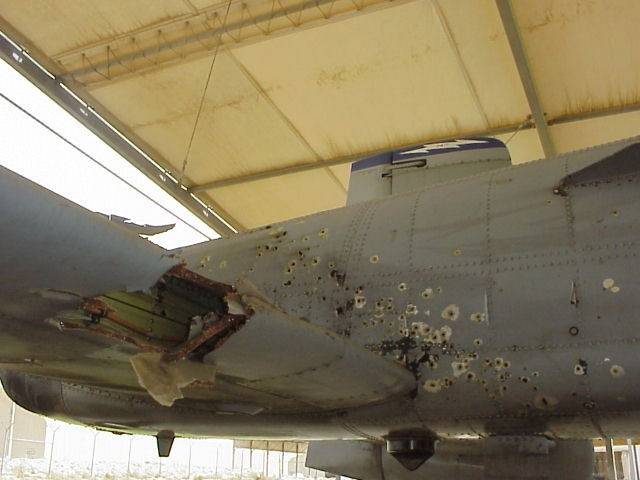
Cases when the Thunderbolts struck their troops were widely publicized. So, during the battle for Nasiriy 23 March, due to uncoordinated actions of the pilot and the ground-based aircraft carrier, an air strike was inflicted on the Marine Corps. According to official data, one American died in the incident, but in reality the losses could have been greater. On that day, 18 US troops died in the fighting. In just five days, the A-10 pair mistakenly hit four British armored vehicles. In this case, one Englishman was killed. The A-10 attack aircraft continued to be used in Iraq after the main phase of the hostilities ended and with the beginning of the guerrilla war.
Although Thunderbolt II had a high impact potential, the leadership of the US Department of Defense for a long time could not decide on the future of this machine. Many US senior military favored the strike version of the F-16 Fighting Falcon fighter. The A-16 supersonic attack aircraft project presented by General Dynamics, at the end of 70, promised unification with the fighter fleet. Cockpit security was planned to increase due to the use of Kevlar armor. The main anti-tank weapons A-16 were supposed to be cumulative cluster bombs, the NAR and Maverick guided missiles. The use of a suspended 30-mm cannon, the ammunition of which included armor-piercing shells with a uranium core, was also envisaged. However, critics of the project pointed to insufficient combat survivability of the attack aircraft, created on the basis of a single-engine light fighter, and as a result the project was not implemented.
After the collapse of the Warsaw Pact and the USSR, numerous Soviet tank armies no longer threatened the countries of Western Europe, and it seemed to many that the A-10, like many other cold war relics, would soon retire. However, the attack aircraft was in demand in numerous wars unleashed by the United States, and at the beginning of the 21-th century, practical work began on its modernization. To increase the combat capabilities of 356 "Thunderbolts" allocated $ 500 million. The first upgraded attack aircraft A-10С flew in January 2005 of the year. Repairs and upgrades to the A-10C level were carried out in the 309 Group of Maintenance and Repair of the United States Air Force at Davis Montana Air Base in Arizona.
Satellite image of Google Earth: A-10C attack aircraft on the aircraft landing of Davis-Montan airbase
In addition to enhancing the design and replacement of wing elements, the aircraft’s avionics were significantly updated. Older dial instruments and a CRT screen replaced two multifunctional 14-cm color displays. The control of the aircraft and the use of weapons was simplified by introducing an integrated digital system and controls that allow you to control all the equipment without removing your hands from the control stick of the aircraft. This allowed the pilot to raise awareness of the situational situation - now he does not need to constantly look at the instruments or be distracted by the manipulation of various switches.
During the modernization, the attack aircraft received a new multiplex digital bus for exchanging data, providing communication between the on-board computer and the armament, thanks to which it became possible to use modern suspended containers for reconnaissance and target designation such as Litening II and Sniper XR. To suppress ground-based radars on the A-10C, the station of active jamming AN / ALQ-131 Block II may be suspended.
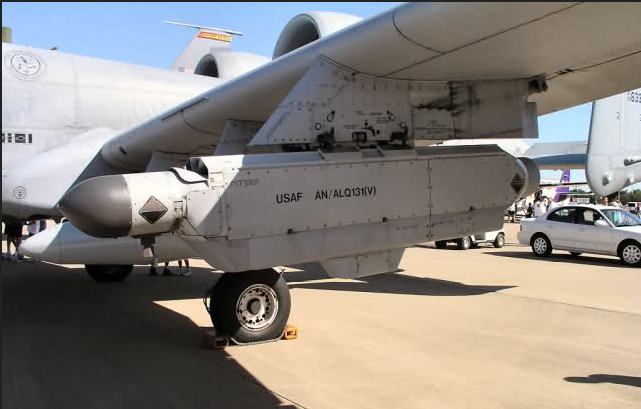
Modern aim-navigation equipment and communication systems have significantly increased the shock capabilities of the upgraded attack aircraft, which was confirmed in Afghanistan and Iraq. Pilots A-10C were able to quickly find and identify targets and strike with greater accuracy. Thanks to this, Thunderbolt’s capabilities have significantly expanded in terms of using it as an aircraft of direct aviation support and during search and rescue operations.
According to the Military Balance, 2016 had an 281 A-10C in the USAF last year. In all, 1975 to 1984 year was built 715 stormtroopers. The A-10 attack aircraft was interested in the military of US allies, this aircraft was particularly relevant for the NATO countries during the Cold War. But in the case of the acquisition of a highly specialized anti-tank attack aircraft due to budgetary constraints, we would have had to sacrifice fighters and reduce our own programs to create promising combat aircraft. In 80-90-ies, the US government discussed the sale of used attack aircraft to Middle Eastern oil monarchies. But Israel sharply opposed this, and the congress did not approve the deal.
At the moment, the future of A-10C in the USA is again questionable: out of the 281, the 109 machines in the Air Force need to be replaced with wing components and other urgent repairs. Unless emergency measures are taken, then in 2018-2019, these machines will not be able to lift into the air. Earlier, the US Senate Committee on Armed Forces agreed to allocate more than $ 100 million for current and urgent repair of A-10C attack aircraft, but the contractor had difficulties with the implementation of the contract. The fact is that the production of wing and glider elements that need replacing has long been discontinued.
Google Earth satellite image: A-7 and A-10 attack aircraft stored at the Davis-Montana airbase. There is a significant difference in size between the Corsair II and the Thunderbolt II
Partially, the lack of new repair kits can be temporarily covered by parsing the attack aircraft stored at Davis-Montan, however, this measure will not help maintain A-10C’s long-term readiness, especially since the number of A-10 mothballed in Davis-Montan which you can remove the necessary parts does not exceed three dozen.
Compared with the times of confrontation between the two superpowers, at present the US military is paying much less attention to the fight against armored vehicles. In the near future is not supposed to create a specialized anti-aircraft aircraft. Moreover, in the light of the fight against "international terrorism", the US Air Force command suggests adopting a relatively light and poorly protected aircraft with direct aviation support such as the A-29 Super Tucano turboprop or Textron AirLand Scorpion twin-engine jet with a level of protection from light weapons .
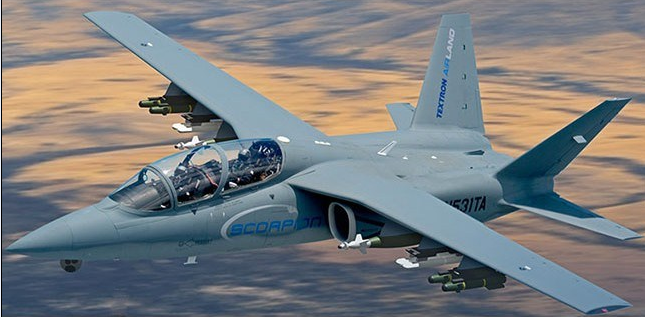
In addition to the A-80 attack aircraft in the United States, the 10s considered light F-16A Block 15 and Block 25 fighter jets as the main anti-aircraft aircraft. The composition of the weapons of these modifications in addition to anti-tank cassettes included guided missiles AGM-65 Maveric.
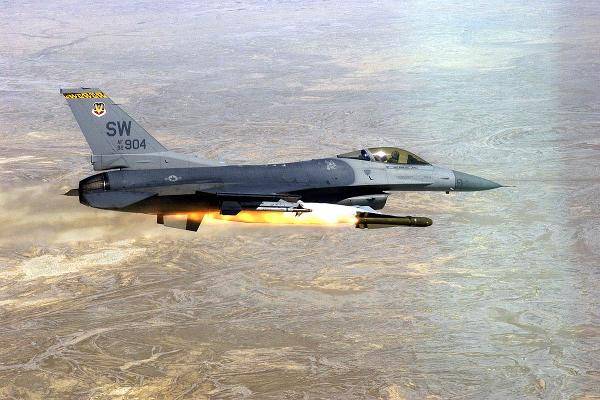
However, faced with the high cost of heavy "Maverick", the US Air Force chose to deal with enemy armored vehicles with more affordable means. In the course of the Gulf War, the 1000-pound and 500-pound cassettes CBU-89 and CBU-78 Gator with anti-tank and anti-personnel mines became one of the most effective types of weapons that constrained Iraqi armored vehicles. The CBU-89 bomb cassette contains 72 anti-bottom mines with a BLU-91 / B and 22 magnetic fuse BLU-92 / B anti-personnel mines, and CBU-78 45 anti-tank and 15 anti-personnel mines. Mine set-ups are possible at carrier speeds up to 1300 km / h. Using 6 cassettes CBU-89, you can put a minefield of length 650 m and width 220 m. Only in 1991, American aircraft dropped 1105 CBU-89 in Iraq.
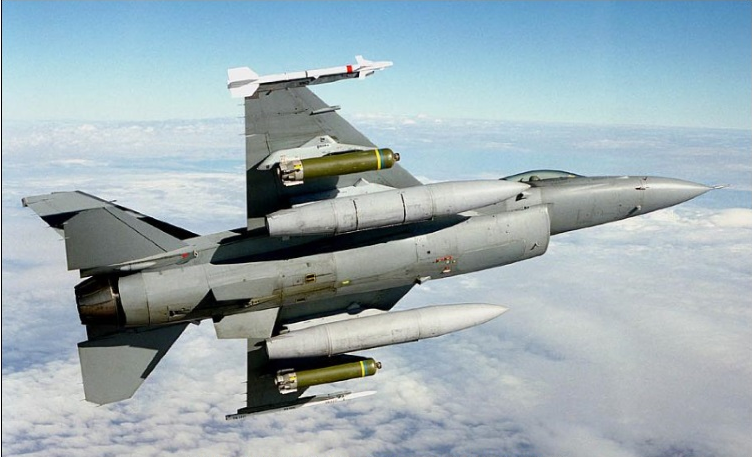
Another effective aviation anti-tank ammunition is the 420 kg cluster bomb bomb CBU-97, equipped with ten cylindrical submunitions BLU-108 / B. After ejection from the cassette, the cylinder goes down on a parachute. Each submunition contains four disc-shaped self-aiming striking elements with a diameter of 13. After the optimum height above the ground has been reached, the submunition is unwound using a jet engine, after which the disks fly apart in different directions within a radius of 150 m, moving in a spiral and conducting a search for the target using laser and infrared sensors . If a target is found, it is defeated from above using a “shock core”. Each bomb is equipped with sensors that independently determine the optimal height of the disclosure. The use of CBU-97 is possible in the height range 60 - 6100 m and at the speed of the carrier 46 -1200 km / h.
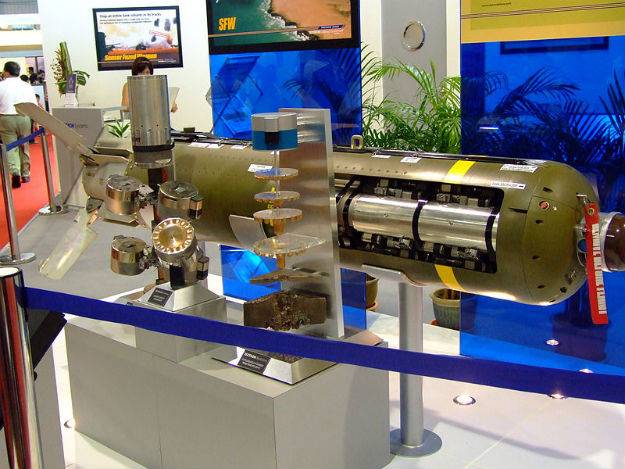
The further development of the CBU-97 cassette anti-tank bomb was the CBU-105. It is almost completely analogous to the CBU-97, except for the presence of a flight adjustment system in submunitions.
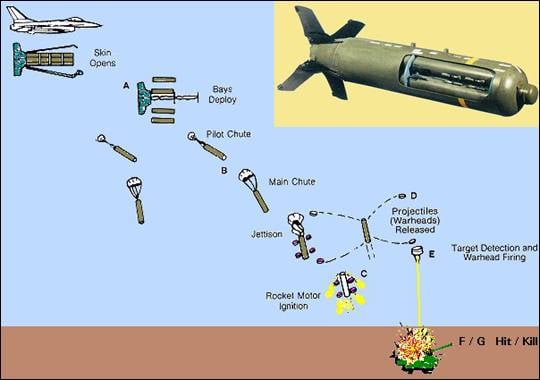
Bearers cluster bombs with antitank mines and munitions samopritselivayushimisya is not only attack A-10, which can be hung up bomb 10 454-kg cassettes, as well as F-16S / D, F-15E, deck AV-8B, F / A 18, the promising F-35 and the “strategists” of the B-1B and B-52H. In European NATO countries, the Tornado IDS, Eurofighter Typhoon, Mirage 2000D and Rafale fighter-bombers arsenal also includes various anti-tank bombs.
To be continued ...
Based on:
http://www.airvectors.net/avusmtb_2.html
https://www.globalsecurity.org/military/systems/aircraft/a-x-2016.htm
https://www.amazon.com/10-Warthog-Action-Aircraft-No/dp/0897476204
http://www.airforce-technology.com/projects/a-10/
https://www.globalsecurity.org/military/systems/aircraft/systems/gau-8.htm
http://www.northropgrumman.com/Capabilities/ANALQ131/Pages/default.aspx
http://www.militaryparitet.com/teletype/data/ic_teletype/1639/
https://www.globalsecurity.org/military/systems/munitions/blu-108.htm
https://defencyclopedia.com/2015/06/12/cbu-105-sensor-fuzed-weapon-usafs-ultimate-tank-buster/
The Military Balance 2016
- Linnik Sergey
- Aviation against tanks (part of 1)
Aviation against tanks (part of 2)
Aviation against tanks (part of 3)
Aviation against tanks (part of 4)
Aviation against tanks (part of 5)
Aviation against tanks (part of 6)
Aviation against tanks (part of 7)
Aviation against tanks (part of 8)
Aviation against tanks (part of 9)
Aviation against tanks (part of 10)
Aviation against tanks (part of 11)
Aviation against tanks (part of 12)
Aviation against tanks (part of 13)
Aviation against tanks (part of 14)
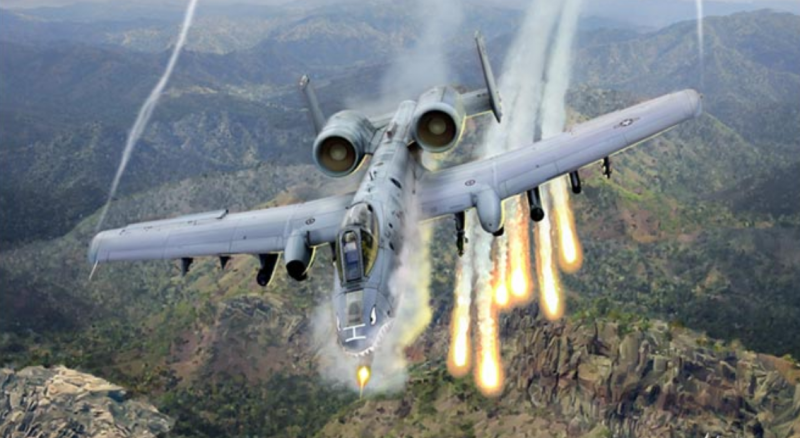
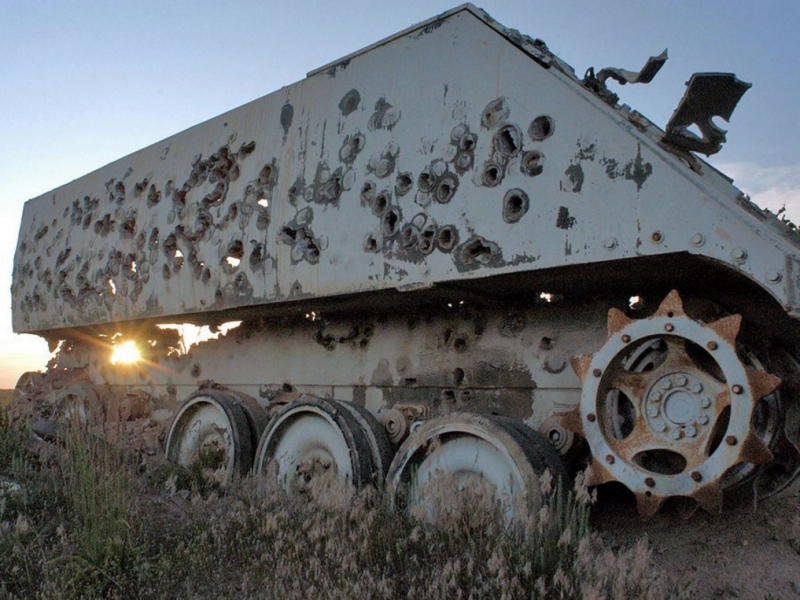
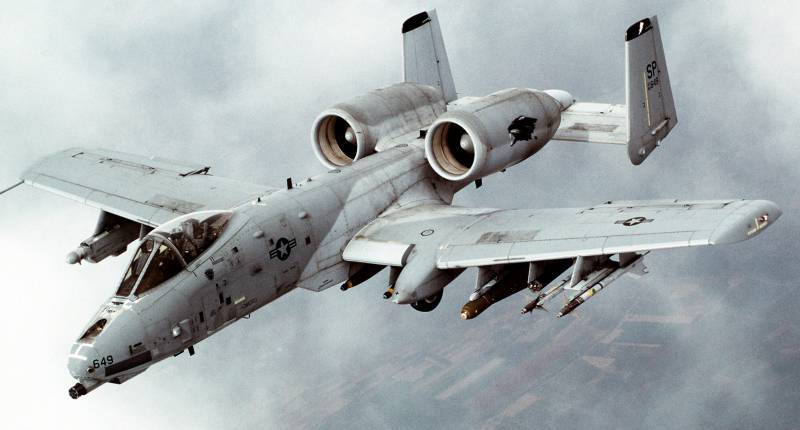
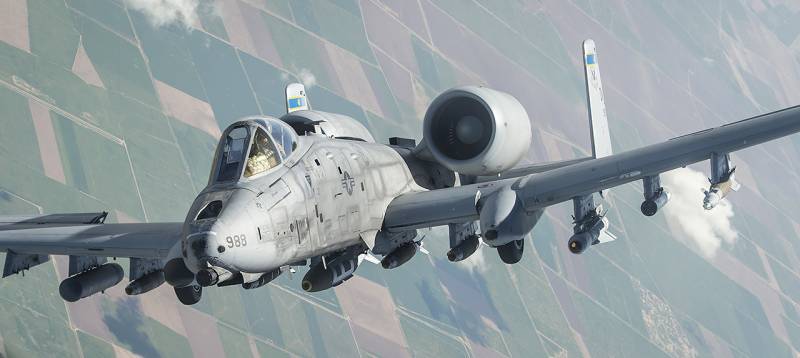
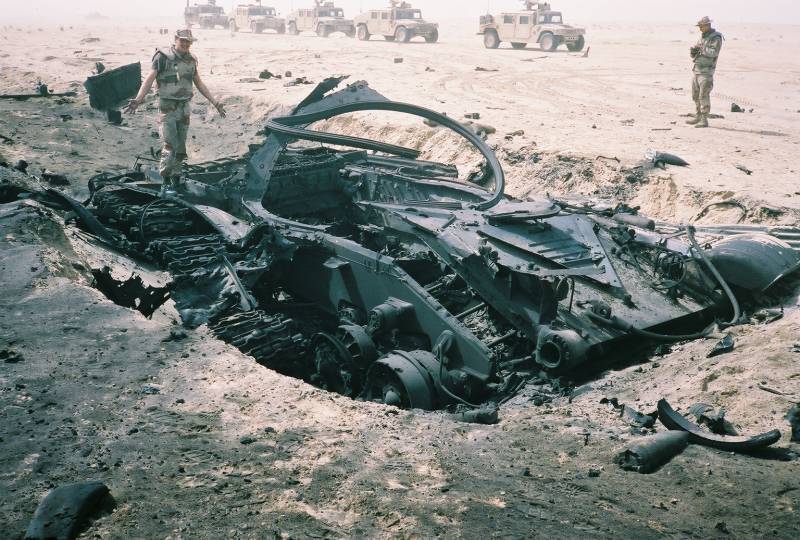
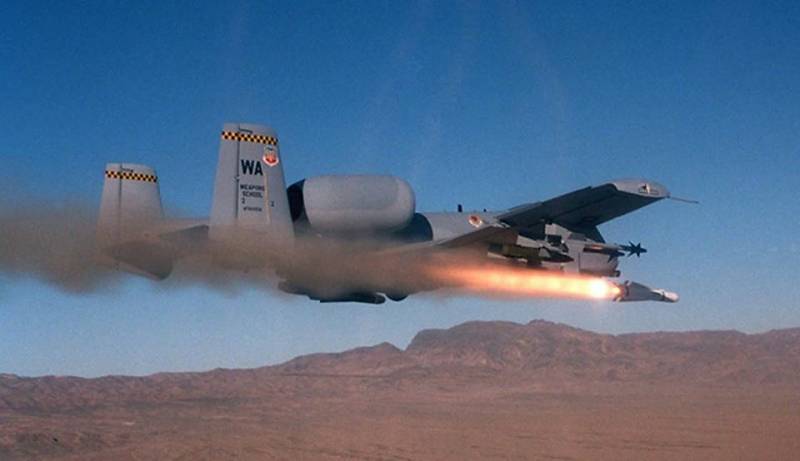
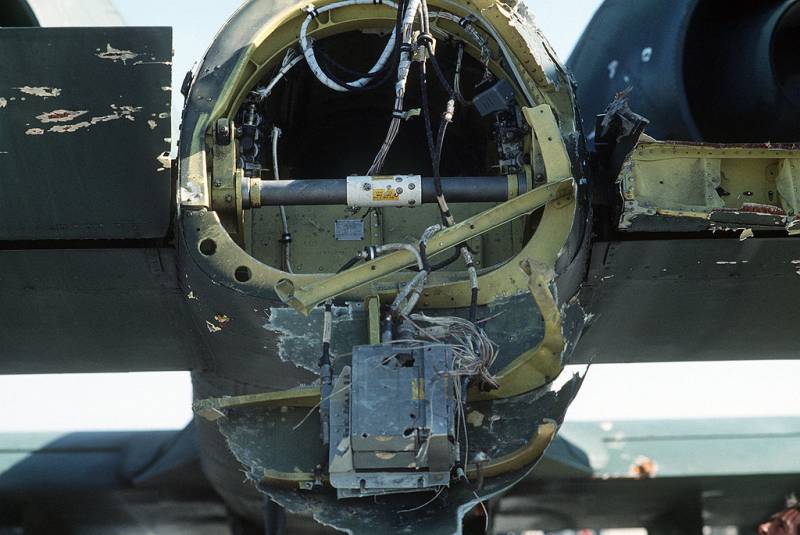
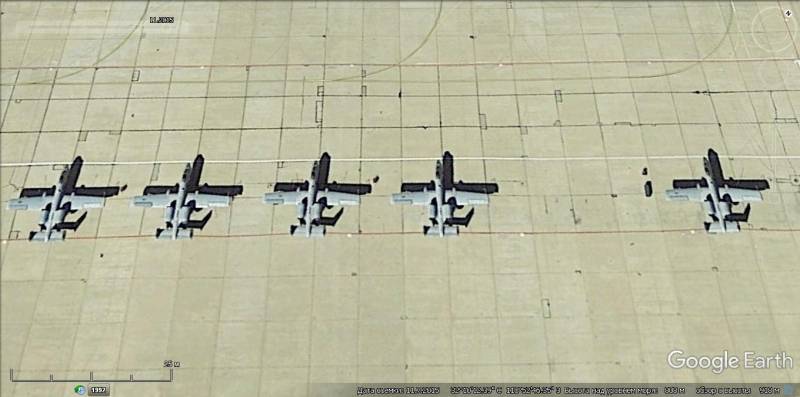
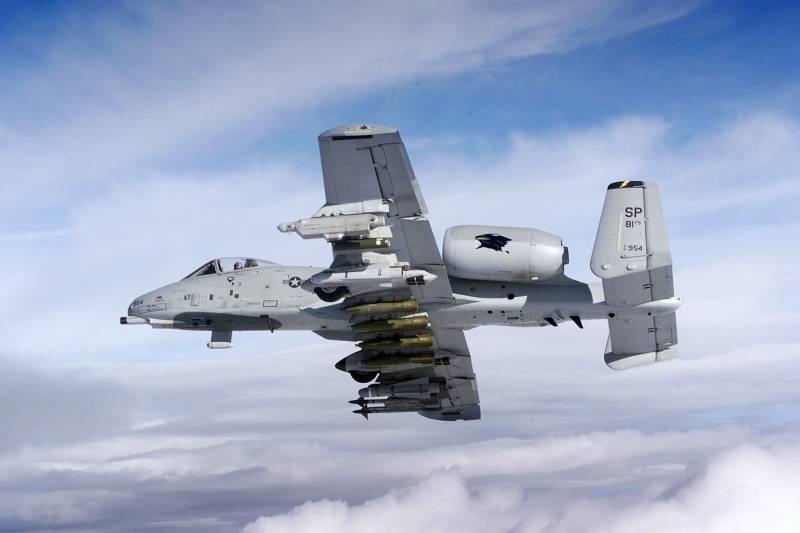
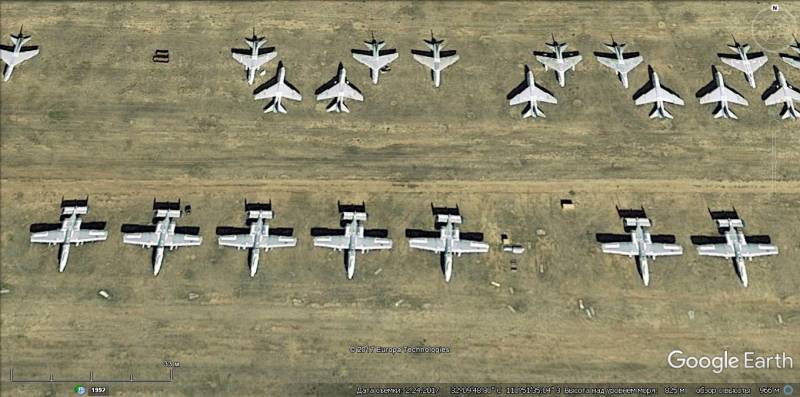
Information